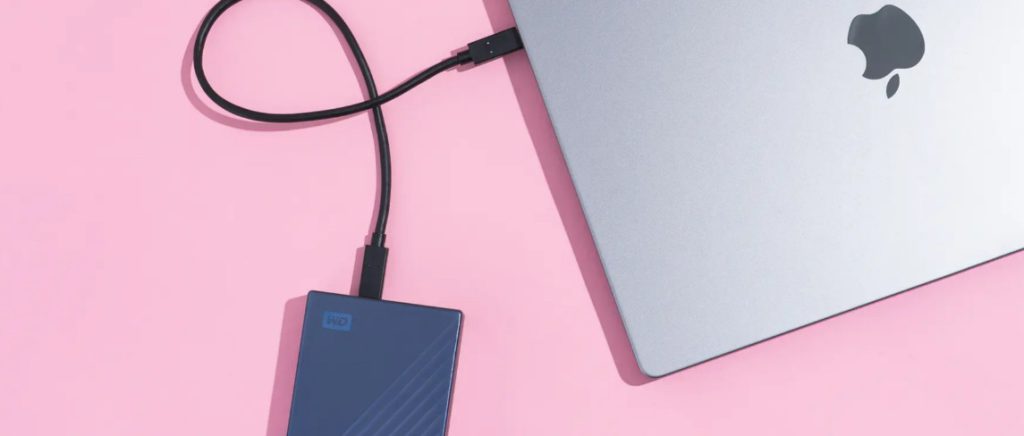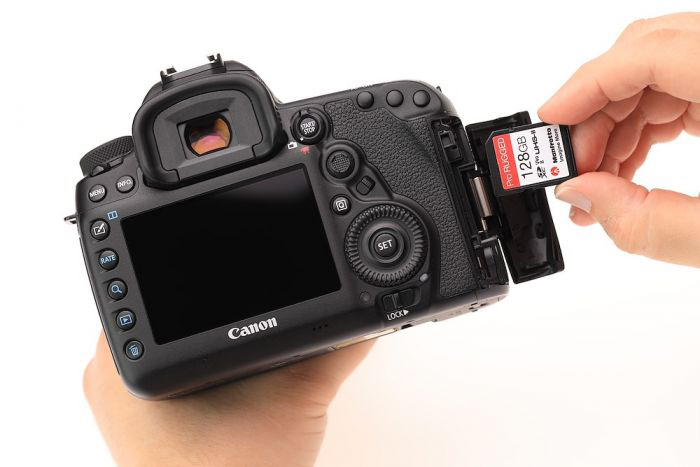Understanding the best way to store photos is very important. Photographs are more than just ink on paper or digital data. They embody art and freeze moments of our lives.
Physical prints are delicate and digital files are compact, but their importance is immeasurable. Losing these visual treasures is a very discouraging experience. For professionals, the stakes are even higher. Losing your photos can put your job at risk and damage your professional reputation.
However, even for enthusiasts, the emotional burden of losing photos is significant. This highlights the critical importance of storing photos effectively. Whether you’re a professional or amateur photographer, a professional approach to protecting your photos is paramount.
Fortunately, there are many solutions. We’ve compiled a comprehensive list of the most reliable ways to save your digital photos.
5 Best Ways to Store Photos
Here’s our list of the 5 best ways to store photos.
5. Print Your Favorite Photos and Put Them on Display

Most images taken with smartphones or digital cameras stay in the digital domain and are rarely printed on paper. Printing photos, however, provides a useful way to store photos. Not only will you have a copy that looks good on display, but you’ll also have a backup in case the digital file disappears.
Printed pictures look great displayed in a photo album or framed and can be kept as conversation pieces in your house. In either case, they become safe and convenient.
You can complete this task on your own if you have a good printer at home. Alternatively, you could print your files on photo paper by bringing them to a photography store.
That isn’t a workable way to backup your whole digital collection, though. The expenses can mount up whether you print at home or in a store. It’s best to save this technique for the pictures that are really special to you.
4. Saving Photos as Email Attachments

Not only is email a great electronic communication and information sharing tool, but guess what? It can also serve as a place for you to store files and pictures.
Here’s a quick tip: Make a draft email, send it to yourself, and attach the pictures you want to save. You can send emails from one of your two accounts to the other. The attached pictures are saved on your email server as soon as the email reaches your inbox. You can download them from any device, and you can even organize your emails to prevent inadvertent deletion of important information.
The drawback of this approach is that emails have a fairly limited storage capacity. Each email can only have a limited number of photo attachments. Prepare to receive a ton of emails if you plan to store a lot of photos in this manner! You can reduce the size of your photo folders by converting them into zip files. This allows you to send more emails, but it’s still a little bit constrained.
The drawback of this approach is that emails have a fairly limited storage capacity. Each email can only have a limited number of photo attachments. Prepare to receive a ton of emails if you plan to store a lot of photos in this manner!
You can reduce the size of your photo folders by converting them into zip files. This allows you to send more emails, but it’s still a little bit constrained.
3. Backup Your Photos on the Cloud
Online cloud services are an option if you don’t want to add more electronics to your house. Consider a cloud storage system as an online version of an external hard disk. Not requiring USB cables is quite convenient, isn’t it? Additionally, using cloud storage services is simple and easy.
The process is as follows: you transfer your data to the cloud from your device. Following that, you can access your files by logging in from any internet-connected device.
Numerous cloud storage providers give away free capacity. Despite having a 2 GB restriction, Dropbox is a good app. Another good option is Google Drive, which offers 15 GB for free. There are services like Google Photos if you’re more interested in taking pictures. It streamlines the process of arranging and keeping photos from all of your mobile devices.
Be ready to pull out your wallet, though, if you discover that you require additional storage. You can purchase different plans from cloud storage providers like Sync and iCloud.
2. Storing Photos on External Hard Drives

After your pictures are on your computer, they may appear safe. But they’re not, we assure you!
Laptops and computers are useful equipment that are essential for modern photography. But they’re not tough. They are susceptible to damage from drops and spills, and theft is a constant danger. Viruses and other technical problems may also arise. Sometimes the only way to fix a software issue with your computer is to wipe everything—including your images.
This is where an external hard drive enters the picture; it is equally important as your device itself. Hours of video and a ton of picture files can be stored on an external hard disk. Simply use a USB cord to attach it to your device, transfer your photos, and you’re good to go! Even if something bad happens to your computer, your priceless memories are kept intact.
These hard drives are great not only for storing images but also for archiving bills and other crucial papers. View our comprehensive list of the top external hard drives designed specifically for photographers.
1. Don’t Using Memory Cards

Memory card capacity continues to increase. You can store hundreds, if not thousands, of photos at once. Additionally, many professional cameras have two memory card slots. These developments will allow you to store more photos on your camera.
However, it is a bad practice to save recordings to a memory card. If you no longer know how many photos are on your card, you may be filling it up at the wrong time. You may need to delete old photos to take new ones. The biggest problem is the memory card itself, which has a large capacity but is small. And being small means it’s easy to lose.
Therefore, we recommend moving your photos to another device as soon as possible. Modern digital cameras make this easy. Many devices allow you to transfer files from your camera to another device via Bluetooth or Wi-Fi.
Contact us if you have any questions.
Moreover, Don’t forget at VincentColor we provide Real Estate Photo Editing Service only from 0.5$
Website: https://vincentcolor.com
Email1: Contact@vincentcolor.com
Email2: Cs@vincentcolor.com
